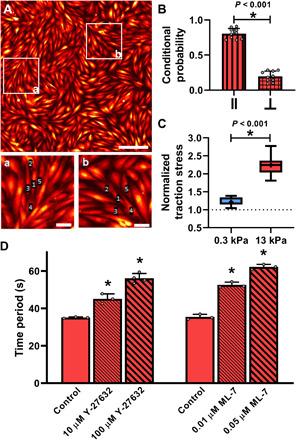Fig. 4. Role of mechanical force in Ca2+ wave propagation through multicellular ensembles of SMCs.

(A) SMCs in confluent layers form organized clusters of cells, with certain cells aligned end-to-end along their contractile axis (parallel), and others branching off at an angle (perpendicular). Scale bars, 250 μm. Insets (a) and (b) show cells 2 and 4 parallel to the contractile axis of cell 1, whereas cells 3 and 5 are perpendicular. Inset scale bars, 50 μm. The conditional probability for a localized increase in Ca2+ in cell 1 to be followed by an increase in a parallel or perpendicular neighbor is plotted in (B) with mean and SD. Ca2+ waves were statistically more likely to propagate along the contractile axis (t test, N = 10). (C) Histamine caused a significantly greater increase in traction stress in confluent cells on stiff matrix (N = 21) rather than on soft matrix (N = 12, t test). (D) The faster agonist-induced Ca2+ oscillations on stiff ECM were systematically abrogated in a dose-dependent manner by preincubating the SMCs with the ROCK inhibitor Y-27632 for 1 hour before histamine exposure (N = 3 and 4; P < 0.001, one-way ANOVA). Identical results can be obtained with MLCK inhibition by preincubating with increasing doses of ML-7 for 5 min (N = 3 each; P < 0.001, one-way ANOVA).
